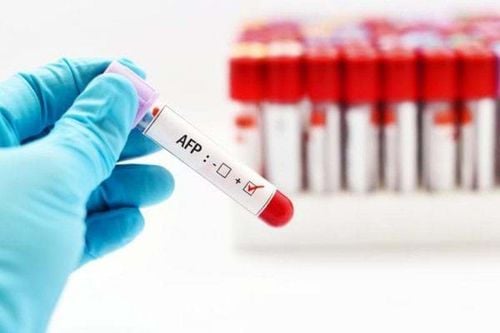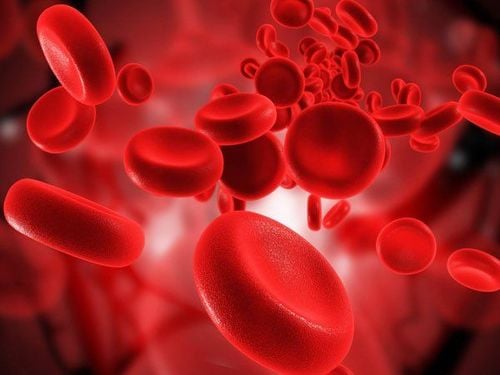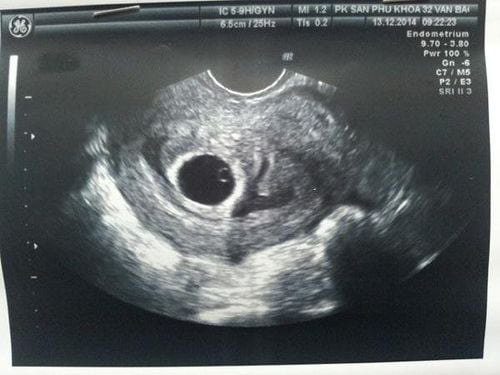This is an automatically translated article.
The article was written by Doctor Tran Thi Huyen Trang - Laboratory Doctor, Laboratory Department - Vinmec Times City International HospitalFailure in specimen collection technique can lead to erroneous test results. In order to have accurate test results, there are a few things to pay attention to when taking samples.
1. Time to draw blood
For biochemical tests, it is recommended to take a blood sample in the morning after an overnight fast for 12 hours (especially for the Triglyceride test, Cholesterol, Fe, it is mandatory to fast for at least 12 hours). In case of necessity, the time to draw blood may depend on the instructions of the treating doctor. Due to the change in circadian rhythm, the concentration of some substances may change depending on the time of blood collection, especially some tests such as ACTH, Cortisol, Renin need to draw blood before 10 am. For quantitative testing of drugs such as Tacrolimus, Everolimus, Amikacin, Vancomycin, Methotrexat, it is necessary to adhere to the correct time of blood collection, usually time T0 (right before taking the next dose). Stop all forms of exercise 24 - 48 hours before the blood draw.
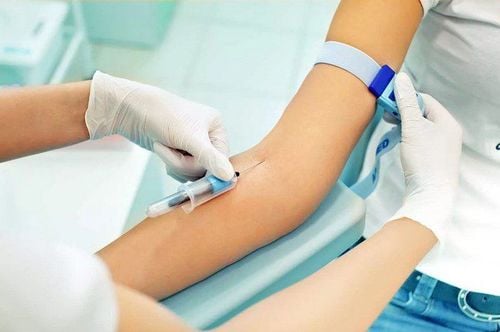
Thời điểm lấy máu ảnh hưởng đến chỉ số máu
2. Location of blood collection for testing
Blood can be drawn from veins, capillaries, and some special tests require arterial blood (eg, blood gases). There are some substances that can be altered by changes in metabolism or by different distribution between the two areas of the body. For example: The concentration of oxygen and glucose in arterial blood is higher than in venous blood; The concentration of protein in capillary blood is higher than in venous blood.
3. Some other notes when taking samples for biochemical tests
Time of tourniquet: It is necessary to remove the tourniquet as soon as the needle has entered the vein because anaerobic metabolism increases glucose breakdown, decreases blood pH, and accumulates lactate. The phenomenon of hypoxia leads to the release of potassium from the cells... Posture of the patient when taking blood: The patient needs to rest for 10 minutes before drawing blood. Different positions of the patient when drawing blood (lying or standing) can also change the concentration of certain substances in the blood. Changes in the concentration of some substances in the blood when changing the patient's position from lying down to sitting: Urea decreased by 3%, Potassium increased by 3%, Calcium increased by 4%, Creatinin increased by 5%, Protein increased by 10%, AST increased 15%, ALT increased 15%, especially cholesterol increased 18%. Selection of test tubes Depending on the type of test, choose different types of tubes such as: Tubes without antifreeze or with antifreeze: EDTA- K3 or K2, Sodium Citrate 3.2%, Heparin, NaF... . After blood collection, cap tube and invert gently 5-10 times depending on test tube type. With non-anticoagulant tubes: do not shake tubes
Order of blood sampling into tubes is as follows: Blood cultures Coagulation tubes (Citrate sodium anticoagulation) Non-anticoagulant tubes (gel or non-gel) Heparin tubes (gel) or without gel) EDTA tubes NaF tubes Other tubes (eg, erythrocytes...)
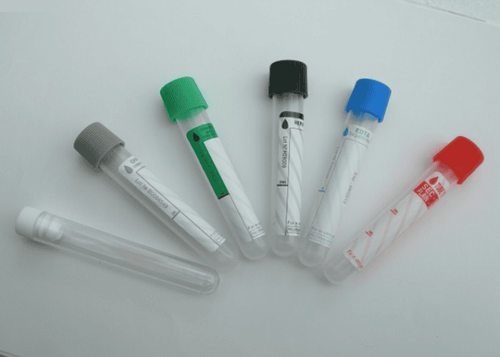
Các loại ống nghiệm trong xét nghiệm lâm sàng
Sample dispatch time: For most tests, send samples within 1 hour of collection, store at room temperature. The allowable storage time for serum or plasma is 4 hours at room temperature, 24 hours at 4oC. For some tests, the time to send samples for some special tests is as follows:
Lactic acid (lactate), Ammonia(NH3) Sampling by NaF tube (Sodium Fluoride - Potassium oxalate), then blood lactate is stable about 8 hours. Blood glucose: If blood is drawn into a heparin anticoagulant tube, it must be centrifuged and plasma separated within 1 hour after blood collection. If plasma cannot be separated early, blood should be drawn into a tube containing sodium fluoride - Potassium oxalate anticoagulant, then glucose is stable for 24 hours at room temperature. Concentrations of Tacrolimus, everolimus: send immediately to the laboratory after taking blood. If the sending time is delayed, it should be stored at a temperature of about 2-4oC (a styrofoam box containing ice can be used). ACTH and Renin activity: Before sampling, store the EDTA tube in the refrigerator first to cool the sample tube. After taking the sample, send it immediately to the laboratory. Blood samples with hemolysis must be discarded: Hemolysis caused by errors in blood collection will increase components such as potassium, phosphate, SGOT, SGPT... in the plasma and increase hemoglobin. Hemoglobin can interfere with some test methods.
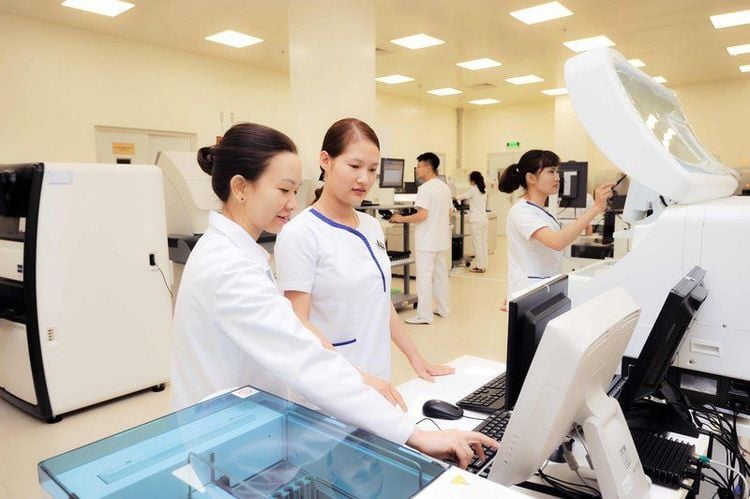
Xét nghiệm hóa sinh cần được thực hiện tại cơ sở y tế uy tín
In addition, creatinine test results may be affected when blood samples have high levels of Bilirubin.
Infusion: Always draw blood from the hand other than the hand receiving glucose. Blood glucose levels can become very high if blood is drawn from the same hand that is receiving the glucose infusion.
Vinmec International General Hospital is one of the hospitals that not only ensures professional quality with a team of leading medical doctors, modern equipment and technology, but also stands out for its examination and consultation services. comprehensive and professional medical consultation and treatment; civilized, polite, safe and sterile medical examination and treatment space. Customers when choosing to perform tests here can be completely assured of the accuracy of test results.
Customers can directly go to Vinmec Health system nationwide to visit or contact the hotline here for support.
MORE:
Biochemical tests to identify acute hepatitis B Meaning of blood biochemical test indicators Meaning of blood and urine tests in the general health checkup package





